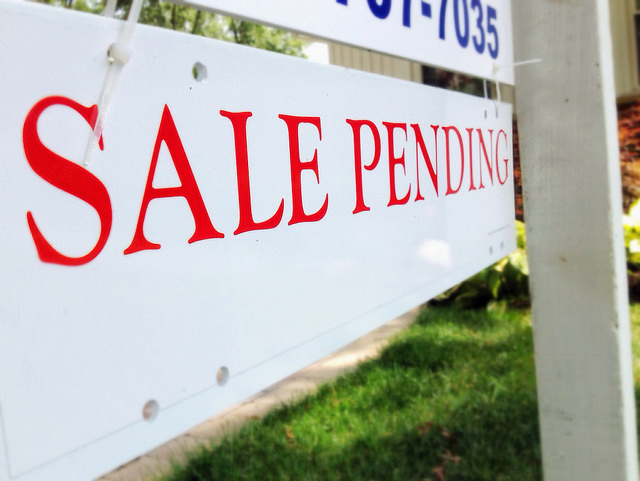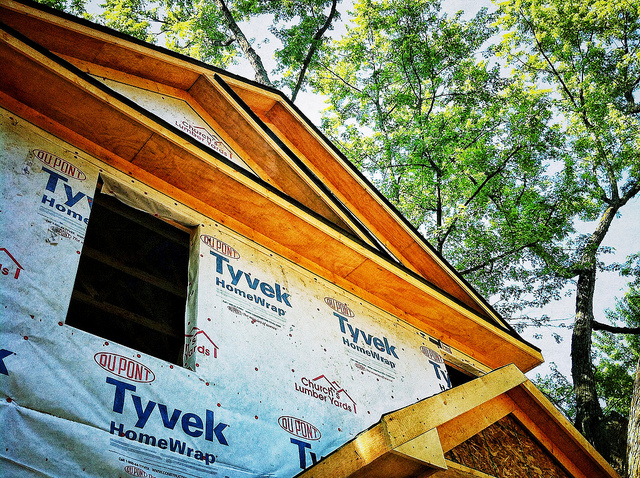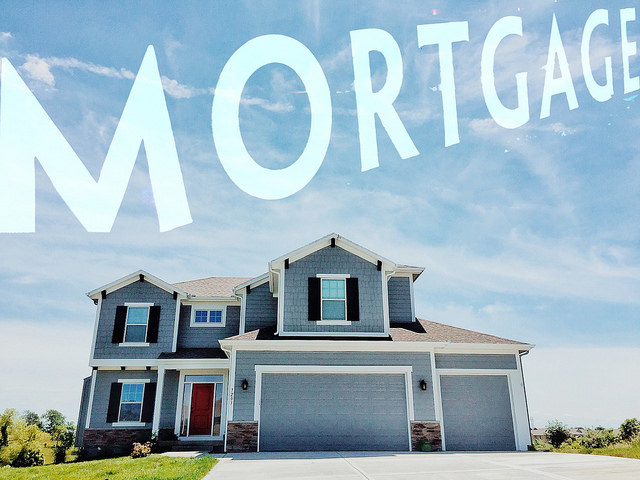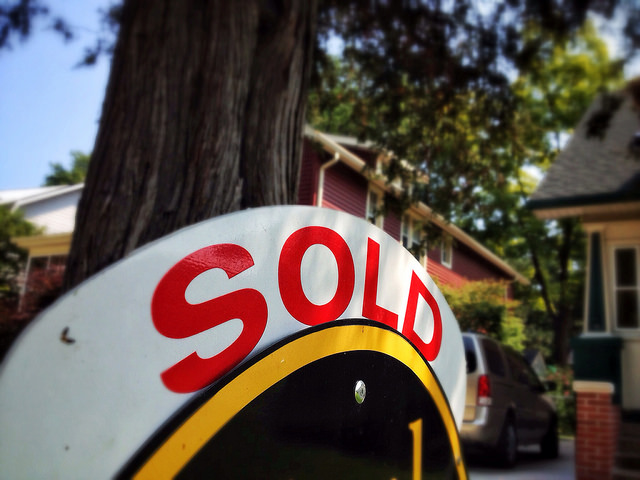When a buyer signs a contract to purchase a home, it is referred to as a pending sale because it usually takes a few weeks before the transaction closes and the house is considered officially sold. Since most of these transactions end in a sold house, the National Association of Realtors tracks them as a way of predicting the number of final sales that will be seen in coming months. In December, the NAR found pending sales up 1.6 percent from the month before. Lawrence Yun, NAR’s chief economist, says the year ended on a high note. “Pending sales rebounded last month as enough buyers fended off rising mortgage rates and alarmingly low inventory levels to sign a contract,†Yun said. “The main storyline in the early months of 2017 will be if supply can meaningfully increase to keep price growth at a moderate enough level for households to absorb higher borrowing costs.†Yun also points out that home sales figures vary depending on the price of the house. For example, sales of homes above $250,000 were up 10 percent over the year before in December. By comparison, sales of homes under $100,000 fell 11.6 percent. This indicates that there are more homes for sale at the higher end of the market than there are at more affordable levels. However, an expected increase in the number of new homes built this year could help balance the market, offering buyers more choices and helping to moderate future price increases on existing homes.













